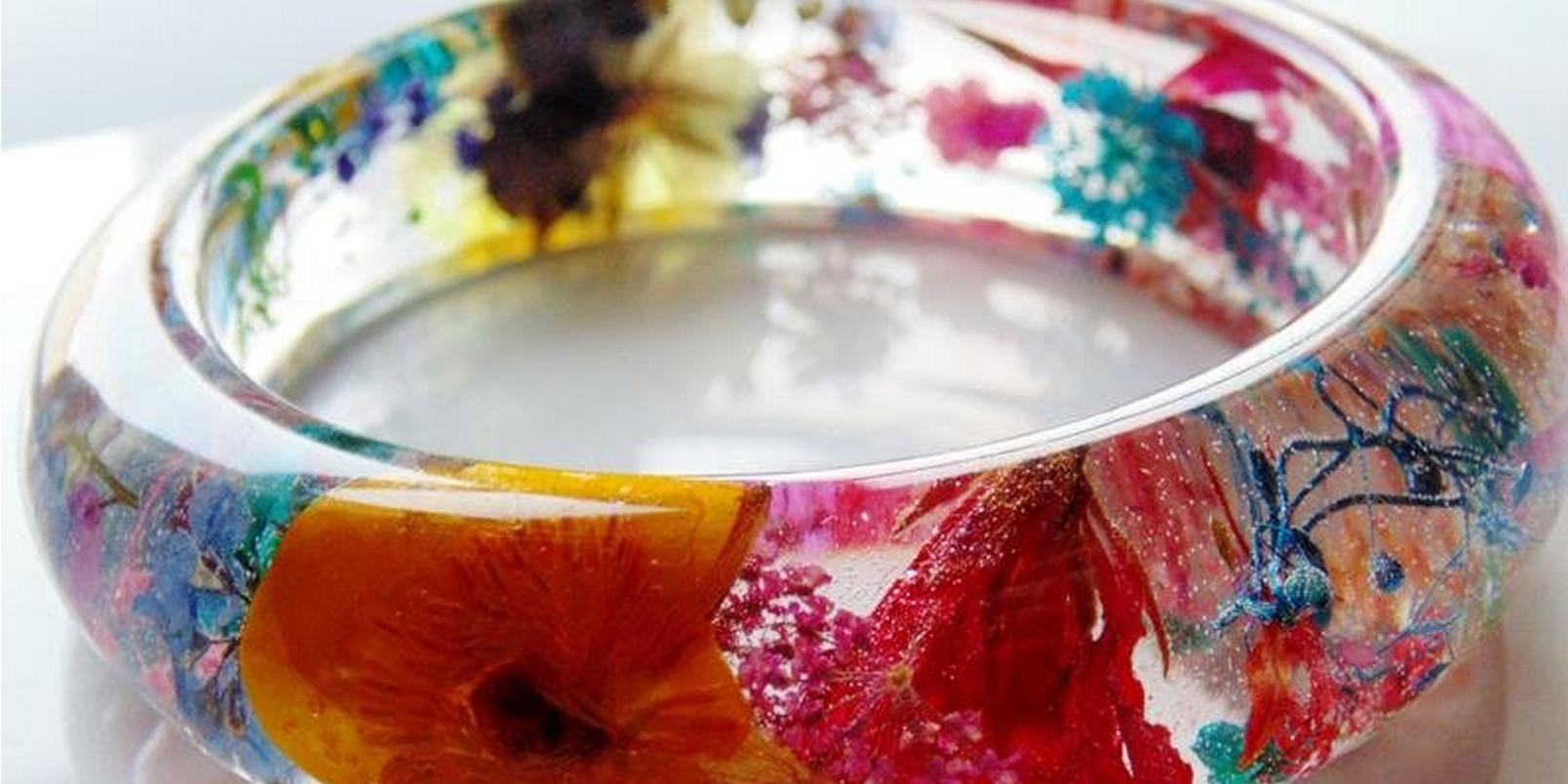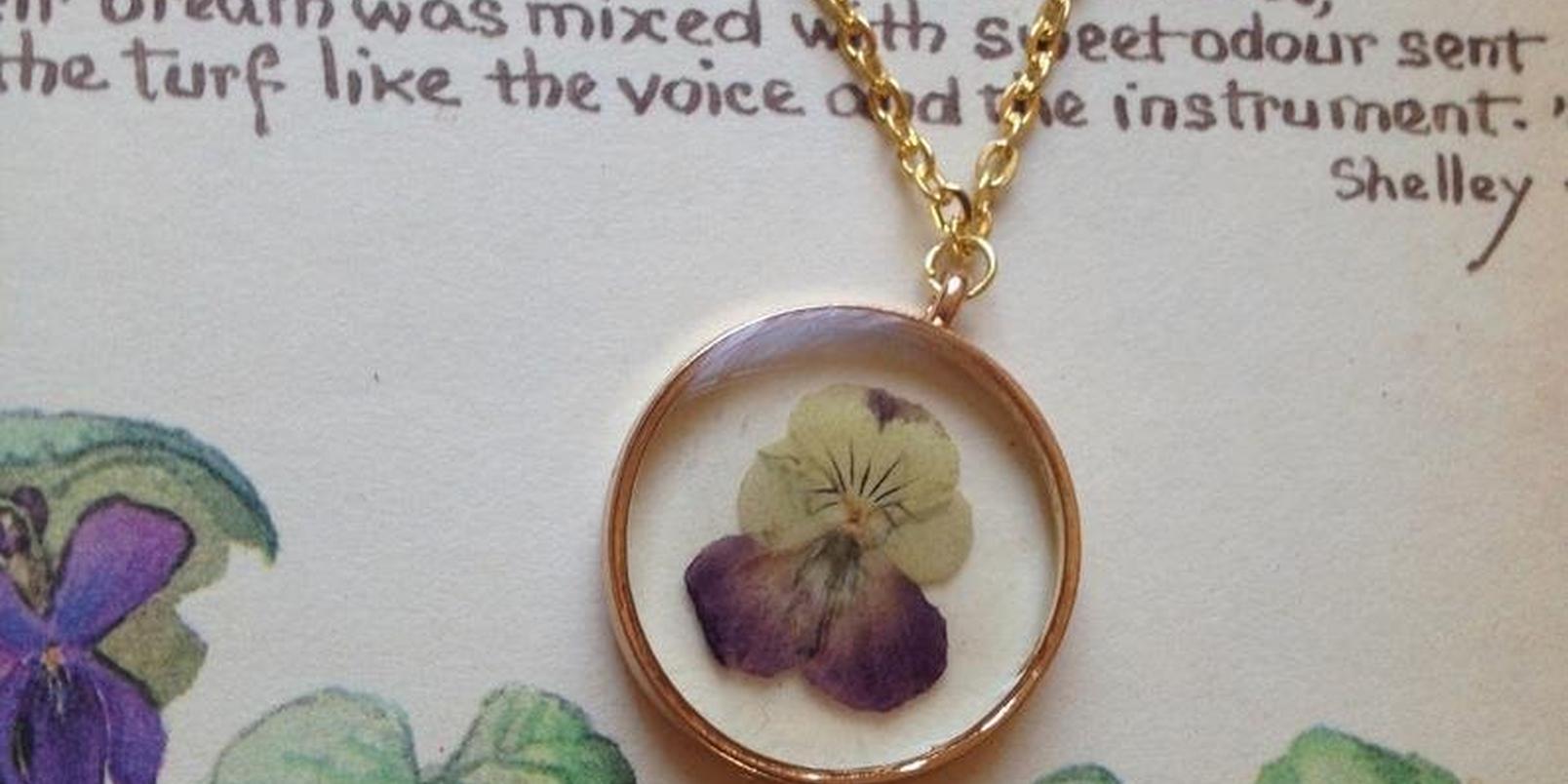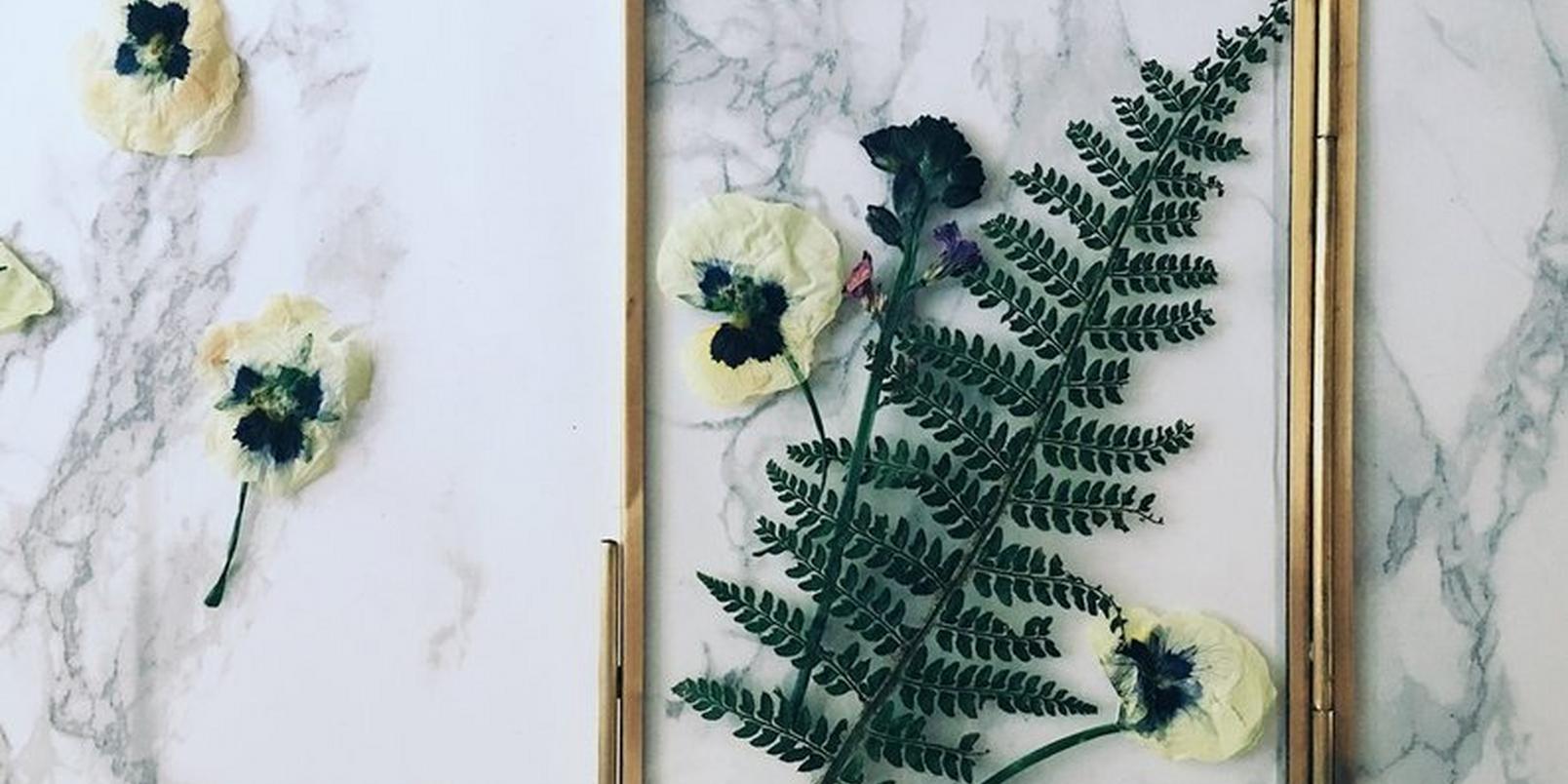4 Ideas to Get the Best Preserved Flowers

Bethany Day
|
Bloom and Buzz Contributor
When Monet said, “I must have flowers, always and always”, I’m convinced he meant peonies and honestly? Same. When I’m not lusting after their perfect petals or saving a bouquet from a too sunny windowsill, you’ll find me at home raising the next generation of flower lovers (think sticky hands and zero vase etiquette).
When Monet said, “I must have flowers, always and always”, I’m convinced he meant peonies and honestly? Same. When I’m not lusting after their perfect petals or saving a bouquet from a too sunny windowsill, you’ll find me at home raising the next generation of flower lovers (think sticky hands and zero vase etiquette).
1. Jewellery


2. Picture Frames

3. Paperweights

4. Flower Shadow Box

How to Preserve your Flowers


